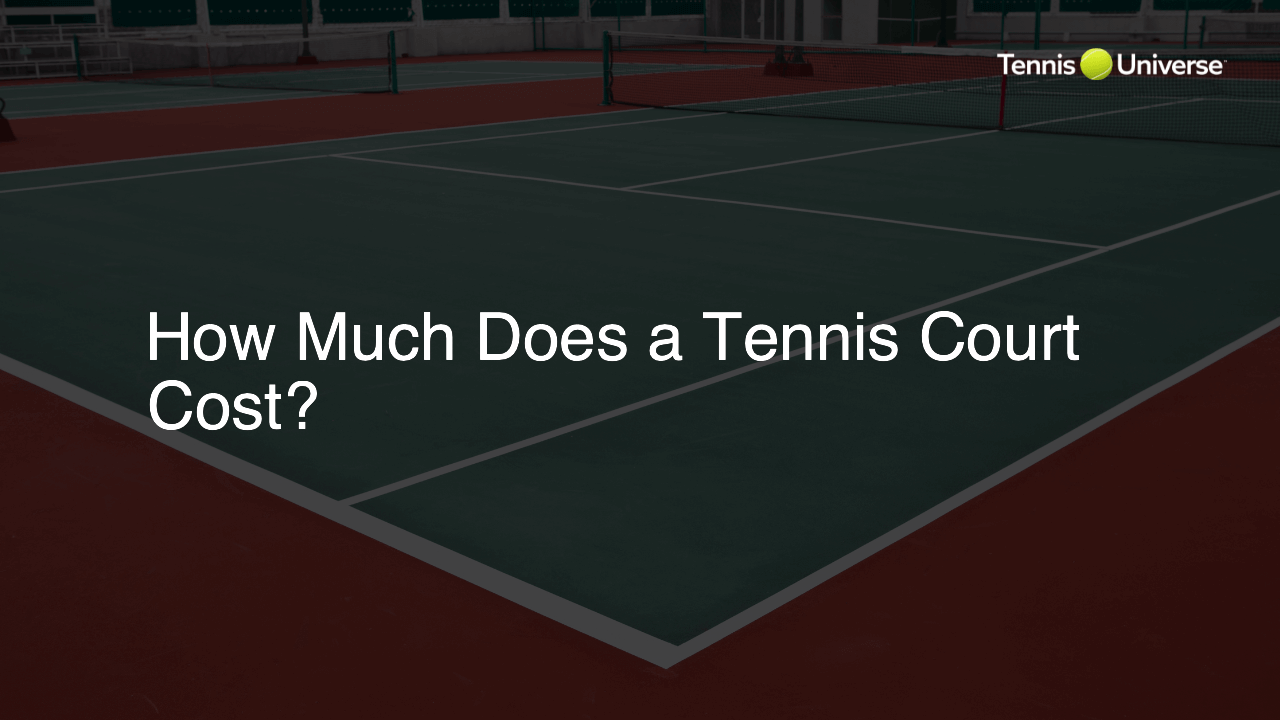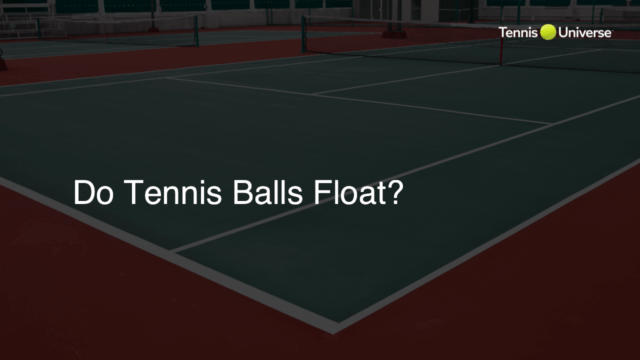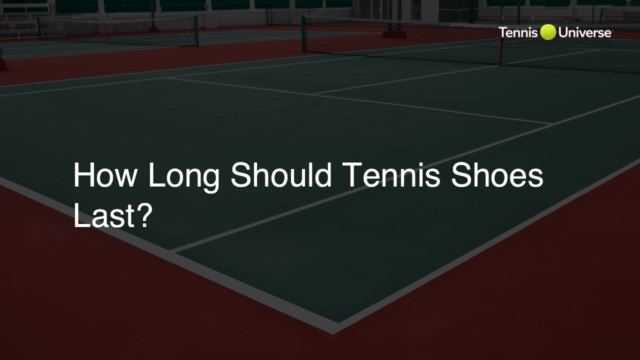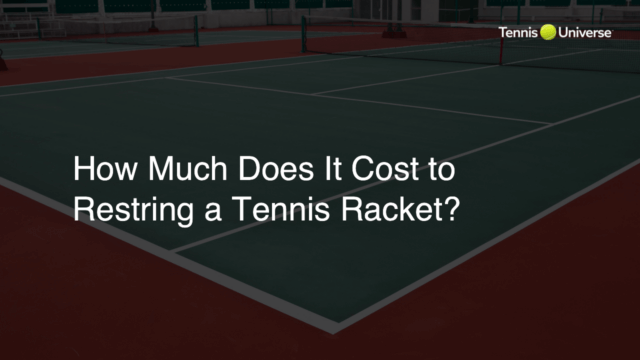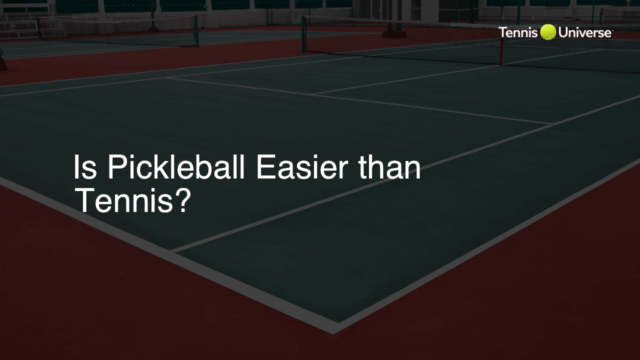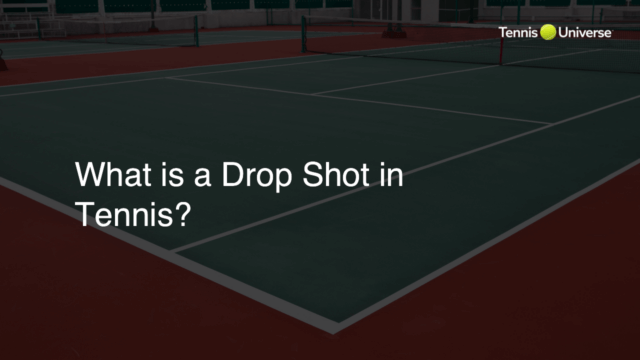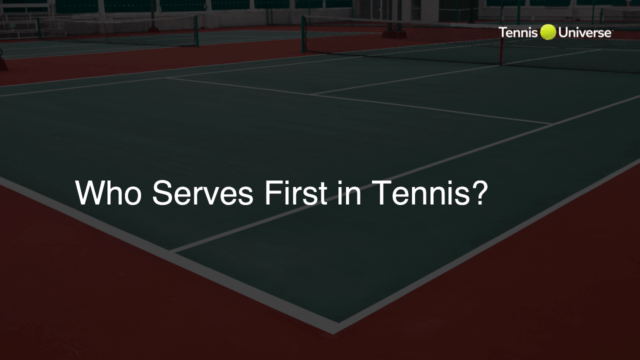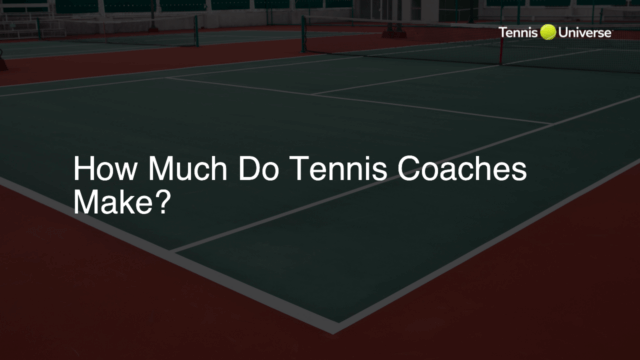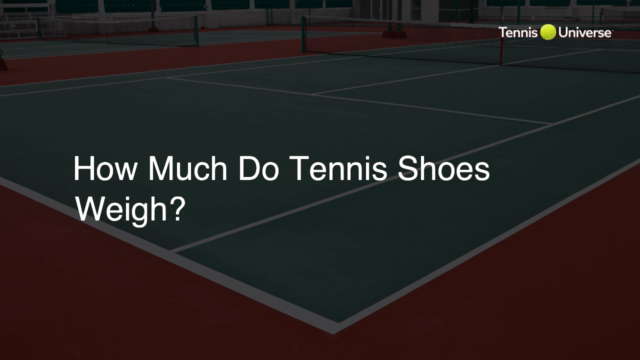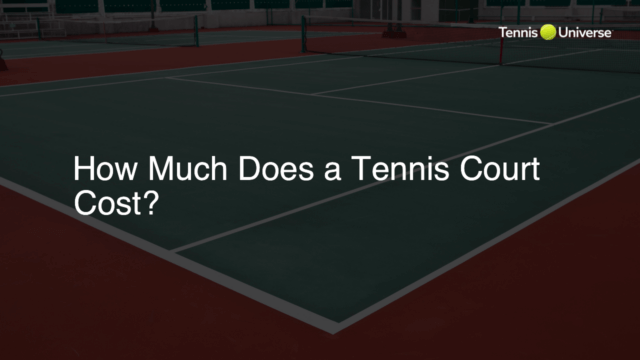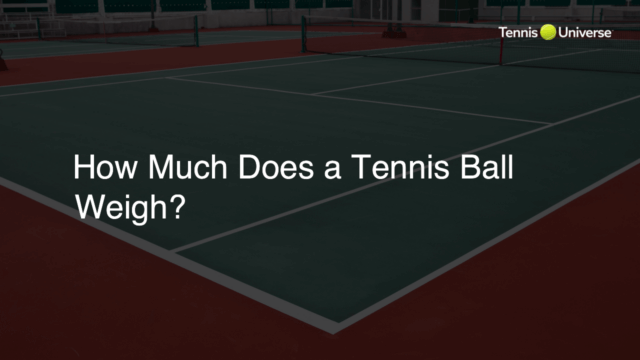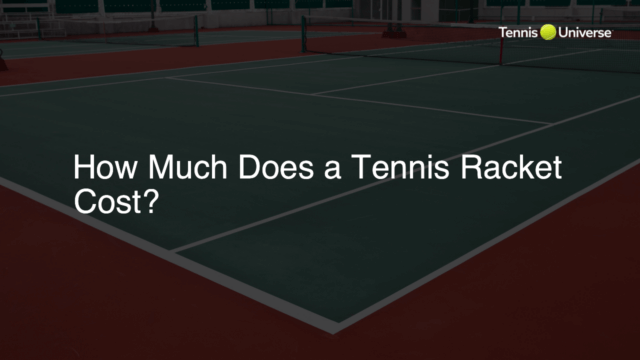The cost of a tennis court varies depending on factors like location, surface type, and additional amenities. Generally, building a basic hard court can range from $25,000 to $75,000, while constructing a court with high-quality surfaces like clay or grass can cost between $100,000 and $300,000.
Factors Affecting Tennis Court Cost
Tennis court costs can vary depending on several factors. Location, surface type, and additional amenities all affect pricing. In this blog post, we will break down the costs associated with building a tennis court.
Types of Tennis Court Surfaces
Different court surfaces have a significant impact on the overall cost of a tennis court. There are four primary tennis court surfaces:
- Hard Court
- Clay Court
- Grass Court
- Carpet Court
Hard Court Costs
Hard courts are the most common and typically the least expensive to build. Made of asphalt or concrete, hard courts are favored for their low maintenance and easy installation. The cost of constructing a hard court ranges from $25,000 to $75,000.
Asphalt vs. Concrete
Asphalt courts are generally cheaper than concrete. However, concrete courts typically have a longer lifespan and require less maintenance. The choice between asphalt and concrete will depend on your budget and desired durability.
Clay Court Costs
Clay courts are popular in Europe and offer a slower game pace due to the unique ball bounce. Constructing a clay court usually costs between $100,000 and $200,000. The higher price tag comes from the specialized materials and increased maintenance required.
Grass Court Costs
Grass courts provide the fastest game pace and are a symbol of tennis tradition. The cost of building a grass court ranges from $100,000 to $300,000. This higher price is due to the specialized turf and labor-intensive maintenance necessary to preserve the playing surface.
Carpet Court Costs
Carpet courts are synthetic and offer a unique playing experience. These courts are not as common but can cost anywhere from $50,000 to $150,000, depending on the materials used.
Additional Amenities
Beyond the court surface, additional amenities such as lighting, fencing, and seating for spectators will also impact the overall cost. Including a high-quality tennis racket in your budget can also add to the total expense but can enhance your playing experience.
Installation and Maintenance Costs
Installation costs are typically included in the overall price of a tennis court. However, maintenance costs should be considered as well. These costs can vary depending on the surface type, with clay and grass courts requiring more frequent upkeep than hard courts.
Choosing the Right Court for Your Needs
When deciding on the type of tennis court to build, consider the playing characteristics and maintenance requirements of each surface. Additionally, think about how the court will be used and the climate of your location, as some surfaces may be more suitable for certain weather conditions. By understanding your needs and researching your options, you can select the ideal court for your playing style and budget.
Professional Consulting and Design Services
Consulting with a professional tennis court construction company can provide valuable insight into the best surface for your specific requirements, the expected overall cost, and the potential maintenance fees. They can also offer guidance in obtaining permits, handling drainage and landscaping issues, and ensuring the court adheres to the proper dimensions and other construction standards. Taking advantage of their expertise can help you avoid unexpected expenses and potential issues in the long run.
DIY Tennis Court Construction
Building a tennis court as a DIY project is possible but requires substantial planning, knowledge, and commitment. It is essential to understand the materials needed, proper court dimensions, and construction techniques. While DIY court construction can potentially reduce costs, it may not be suitable for everyone. Consulting with professionals and seeking tennis tips from experienced individuals is highly recommended before attempting to build a court yourself.
Resurfacing and Upgrading an Existing Court
If you already have a tennis court, you may want to consider investing in maintenance, resurfacing, or upgrading rather than building a new court. Routine maintenance can extend the life of your court and improve the playing experience. Resurfacing a worn-out court or upgrading the amenities, such as lighting, fencing, and seating, can significantly enhance your court’s appeal without incurring the expense of constructing an entirely new court.
Frequently Asked Questions
In this section, we provide concise answers to some of the most common questions related to the cost and construction of tennis courts. Use these answers to get a better understanding of the factors and considerations involved in building a tennis court.
How much does it cost to resurface an existing tennis court?
Resurfacing a tennis court can vary in cost depending on the surface type and condition. Generally, resurfacing a hard court can range from $4,000 to $15,000, while clay and grass courts can be more expensive due to their specialized materials and labor requirements.
How often do tennis courts need to be resurfaced?
The frequency of resurfacing depends on the surface type, usage, and maintenance. Hard courts typically require resurfacing every 5 to 8 years, while clay courts often need annual maintenance. Grass courts may need seasonal care depending on the climate and usage.
What is the recommended size of land for a tennis court?
The recommended dimensions for a standard tennis court are 120 feet in length and 60 feet in width. This size allows for ample space for the court itself, which is 78 feet by 36 feet for doubles or 78 feet by 27 feet for singles, as well as surrounding space for safety and amenities.
What is the best surface for a tennis court in a residential setting?
The best surface for a residential tennis court depends on personal preferences, budget, and maintenance requirements. Hard courts are a popular choice for their durability and lower maintenance needs, while clay or grass courts may be favored for their unique playing characteristics.
Can I build a tennis court on a sloped land?
Building a tennis court on sloped land is possible but requires additional planning, labor, and costs for leveling and retaining walls. Consulting with a professional tennis court construction company can provide guidance on the feasibility and costs associated with constructing a court on sloped land.

